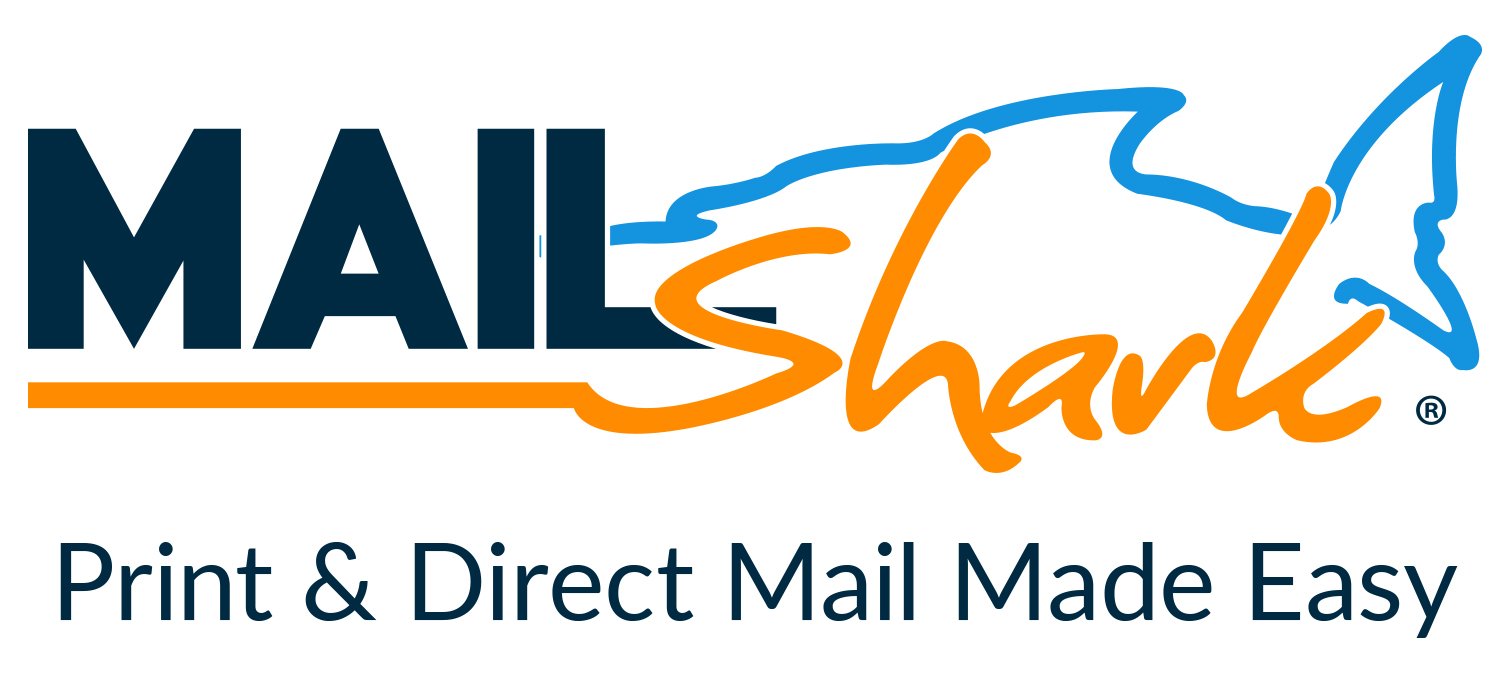As the financial year draws to a close, it becomes important to have a well-organized and accurate year-end process. This ensures that you can close out the year and transition into the new fiscal year smoothly by giving attention to the key financial aspects that impact your bottom line and business as a whole. In this blog post, we’re breaking down the 7 essential steps to take to ensure a smooth financial year-end as well as sharing a Free Year-End Checklist that you can use in your own end of year review and planning.
7 Steps to Ensure a Smooth Financial Year-End
STEP 1: RECONCILE ALL BANK AND CREDIT CARD ACCOUNTS
The first step is to reconcile all bank and credit card accounts, as this is the foundation of a smooth financial year-end. Make sure that your records match the statements provided by the financial institutions that you work with so there are no discrepancies. By reconciling all accounts first, you can uncover potential errors and fix them quickly, maintaining the accuracy of your financial records.
STEP 2: IDENTIFY AND RECTIFY DUPLICATE TRANSACTIONS
If you’ve ever had duplicate transactions, you know just how much havoc they can wreak on your financial statements. This can also paint an unclear picture of your overall financial health. Thoroughly review your records to identify any duplicate transactions and rectify them quickly if you find them. Utilizing accounting software features can help you do this quickly and effectively, ensuring your financial data is accurate and reliable.
STEP 3: GENERATE INCOME STATEMENT FOR THE YEAR
A business’s Income Statement, also known as the Profit and Loss (P&L) Statement, summarizes the revenue, expenses, and profits or losses that a business experiences over a specific period of time. Generating a comprehensive Income Statement for the entire fiscal year provides a clear overview of your financial performance, which is a valuable tool for making decisions for the future.
STEP 4: COMPILE BALANCE SHEET FOR THE YEAR
A Balance Sheet is a snapshot of your company’s financial position at a specific point in time which consists of 3 main sections: assets, liabilities, and equity. It’s important to compile and review a Balance Sheet at the financial year-end to help you get a clear understanding of the overall financial health and position of your business.
STEP 5: EVALUATE ASSETS
Once you’ve compiled your Balance Sheet, assess the value of your assets, including both tangible and intangible assets. Make sure they are accurately valued and organized into the proper categories. When evaluating assets, don’t forget to consider the depreciation of fixed assets and any changes in the market value of investments.
STEP 6: REVIEW LIABILITIES
At the financial year-end, it’s also key to review any liabilities you’re responsible for, including short-term and long-term obligations. This includes loans, outstanding bills, and accrued expenses. Ensure all liabilities are recorded accurately and present a true representation of your outstanding financial obligations.
STEP 7: EXAMINE EQUITY
The final step in ensuring a smooth financial year-end is to examine your equity in-depth. Equity represents the ownership interest in a business. By reviewing and analyzing equity accounts, you can take note of any changes in capital, dividends, or retained earnings. This is key for understanding the financial contributions of the business’s stakeholders.
In order to have a smooth financial year-end and a solid start to the new fiscal year, it requires a systematic approach, careful consideration, and attention to detail on various elements of your overall financial picture. By following these steps, you’ll be able to get a clear picture of where you’re at, where you’ve been, and plan for where you’re going.
If you’d like more support as you close out the financial year, you can grab our Free Year-End Checklist to get your bookkeeping organized for 2023 and end the year with confidence and clarity.











Recommended Comments
There are no comments to display.
Create an account or sign in to comment
You need to be a member in order to leave a comment
Create an account
Sign up for a new account in our community. It's easy!
Register a new accountSign in
Already have an account? Sign in here.
Sign In Now